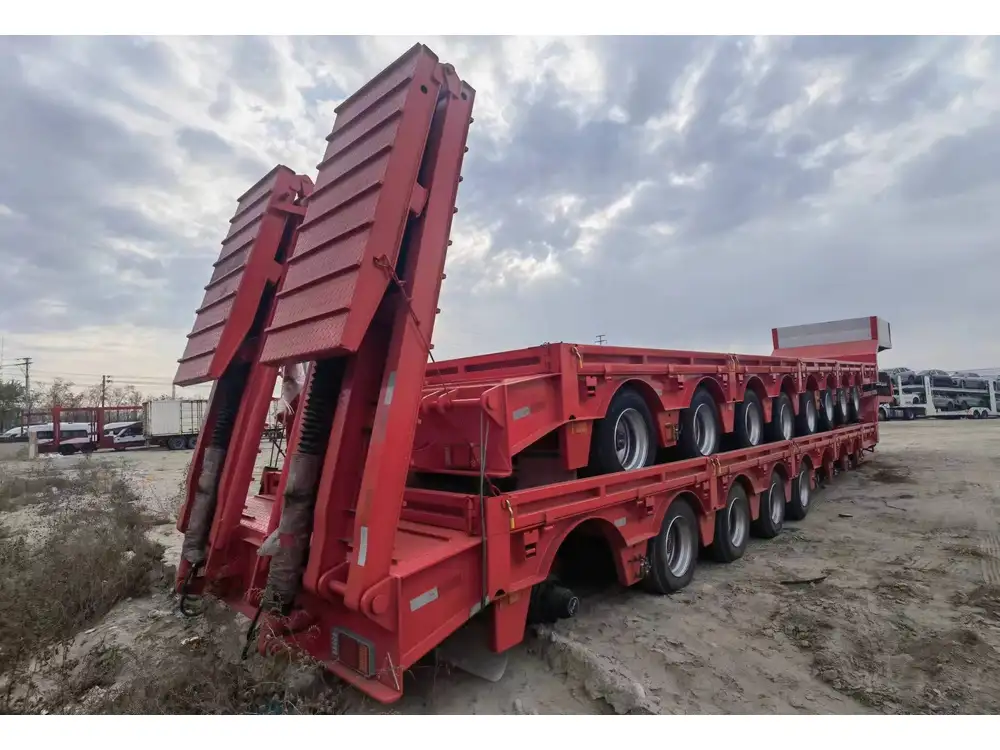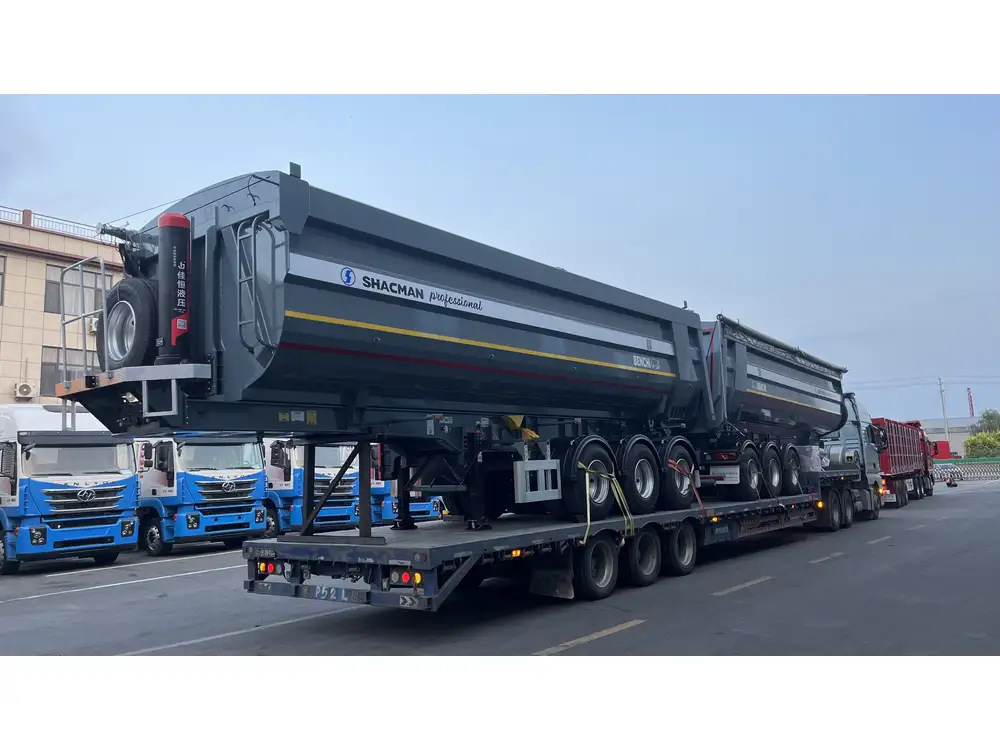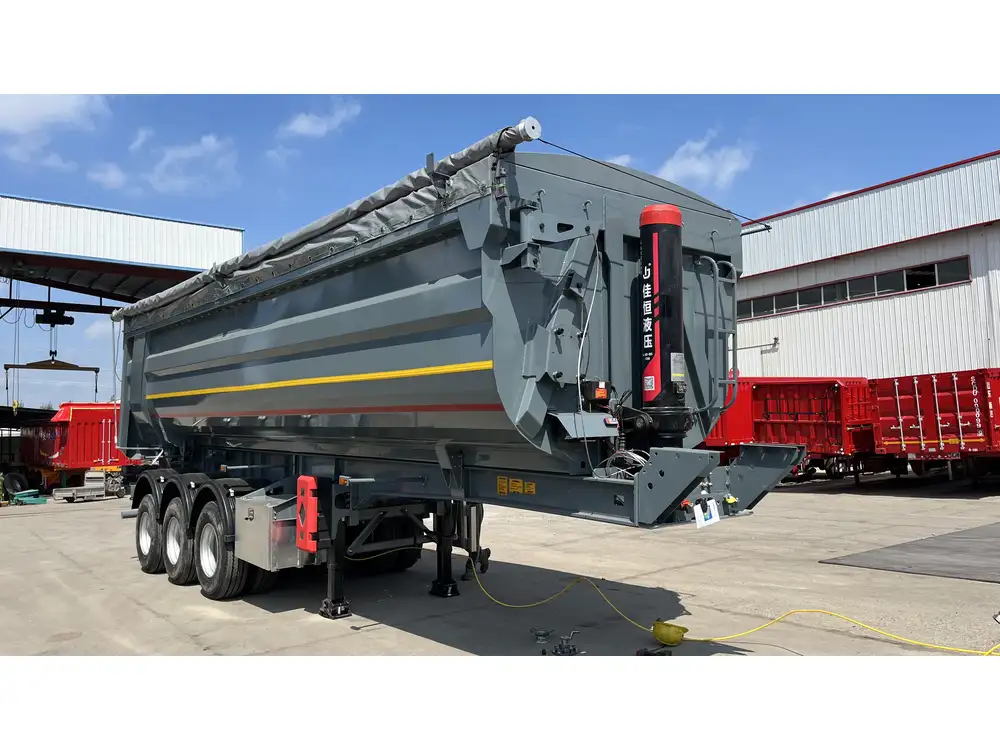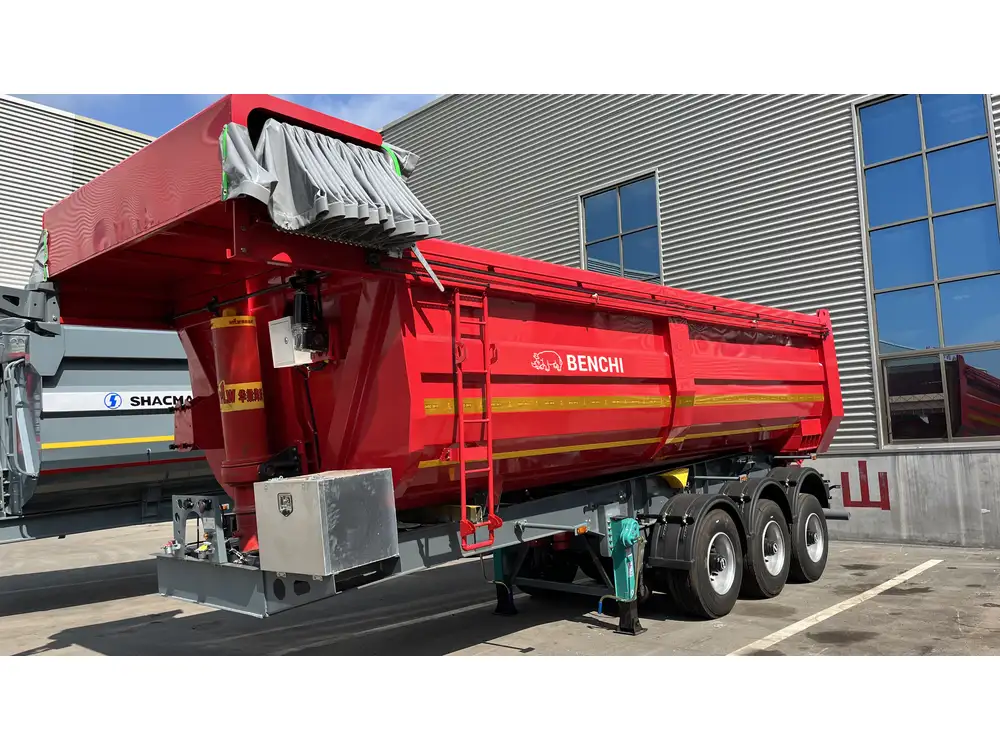Removing a propane tank from a trailer can appear daunting, especially if you lack the requisite experience or knowledge. Understanding the proper procedures is crucial to ensure your safety and that of others during the removal process. This guide is meticulously designed to walk you through the necessary steps, elucidate safety precautions, and provide troubleshooting tips to assist you in efficiently detaching a propane tank.
Understanding Propane Tanks and Their Attachments
Before diving into the removal procedure, it’s essential to understand the types of propane tanks commonly used in trailers:
| Type of Propane Tank | Description | Common Uses |
|---|---|---|
| Vertical Tanks | Tall, cylindrical tanks typically used on trailers and RVs. | RV cooking, heating, and water heating. |
| Horizontal Tanks | Wider, barrel-shaped tanks that can be mounted on the trailer frame. | Residential backup generators and outdoor grills. |
The connections and mounting can vary between these types. Familiarity with the specific tank type will facilitate a smoother removal process.
Essential Tools and Safety Equipment
To safely remove a propane tank, gather the following tools and safety gear beforehand:
- Wrenches: Adjustable wrenches to unscrew the fittings and attachments.
- Pliers: Needle-nose pliers for grip on smaller parts.
- Propane Tank Valve Key: For adjustments on the tank’s valve, where applicable.
- Safety Goggles: To protect your eyes from any splashes or debris.
- Gloves: To protect your hands from sharp objects and cold surfaces.
- Fire Extinguisher: Ensure it is rated for flammable gases.
- Leak Detection Solutions: A simple mixture of soap and water to check for leaks post-removal.

Step-by-Step Guide on Detaching the Propane Tank
When you are prepared and have all necessary tools, follow these steps to effectively remove a propane tank from your trailer:
1. Review Manufacturer’s Instructions
The first step is crucial—reviewing the manufacturer’s instructions specific to your propane tank. Every model may have unique features that dictate the correct removal process.
2. Safety Check
- Ventilation: Ensure that you are in a well-ventilated outdoor space to mitigate the risk of propane fumes accumulating.
- Fire Hazard Assessment: Remove any flammable materials within a ten-foot radius.

3. Shut Off the Propane Valves
Locate the shut-off valve at the propane tank and turn it clockwise to close completely. This step is vital to prevent any gas from escaping during the removal process.
4. Disconnecting Hoses and Fittings
a. Inspect Connections
Examine all connections and fittings. Make sure to assess if there are any visible signs of corrosion or damage before proceeding.

b. Using Wrenches
Utilizing your appropriate wrench or pliers, loosen the fittings on the gas line. If you encounter resistance, apply penetrating oil for lubrication.
c. Detach the Hoses
Gently pull the hose away from the tank after loosening the fitting. It may help to twist slightly to disengage any stubborn connections. Be cautious not to pull too forcefully, as this could damage the hose.
5. Remove the Tank from Its Mounting Bracket

a. Inspect Mounting Mechanism
Depending on your trailer set-up, the propane tank may be secured in a mounting bracket or cage. Identify how the tank is held—typically through straps, bolts, or brackets.
b. Loosen and Remove
Employ your wrench to loosen any bolts and detach brackets holding the tank in position. Carefully slide or lift the tank away from its mounting location, ensuring you stabilize it throughout the process.
6. Inspect for Leaks and Clean Up
Once the tank is removed, perform a thorough inspection of the fittings and hoses for any potential leaks.
To check for leaks:
- Apply soap and water solution to the connection points.
- Observe for bubbles, which indicate escaping gas.
If leaks are detected, address these issues before reattaching or discarding any components.

Post-Removal Procedures and Safe Disposal
Now that the tank is removed, follow these procedures to ensure safety and proper disposal.
1. Proper Storage
If you plan to store the propane tank for future use:
- Keep it upright in a cool, dry place away from direct sunlight.
- Secure it from tipping over.
2. Disposal of Empty Tanks
If the tank is empty, check with your local waste management or propane distributor regarding safe disposal practices. Many offer recycling programs or designated drop-off locations.

Troubleshooting Common Issues
During the removal process, challenges may arise. Here’s a troubleshooting section for common problems:
Problem: Stuck Fittings
- Solution: Apply penetrating oil and let it sit for a few minutes. Then try loosening the fitting again. If it persists, consider using heat (with proper precautions) to expand the metal.
Problem: Hose Damage
- Solution: If you notice significant wear, replace the hose before re-attaching the propane tank. It’s safer than trying to attempt a repair.

Frequently Asked Questions (FAQs)
Q1: Can you transport a propane tank while it’s still connected?
No, it’s essential to disconnect and secure your propane tank during transport for safety reasons.
Q2: How often should I check my propane system for leaks?
Regular checks every few months are advisable. Leak tests using soapy water should be part of maintenance.

Q3: What should I do if propane is leaking?
Immediately evacuate the area, avoid using any electrical devices, and contact emergency services.
Conclusion
The removal of a propane tank from a trailer, while significantly simple, requires a methodical approach underscored by safety protocols. Following our comprehensive guide, you’ll be well-positioned to execute the task efficiently, mitigating any risks associated with the process.
By equipping yourself with knowledge and tools, and adhering strictly to safety measures, you can ensure a successful propane tank removal experience. Whether you are servicing your trailer or preparing for storage, being informed is your best asset.
Taking the right precautions and understanding the steps will provide peace of mind and facilitate the complete address of propane-related issues proficiently.



